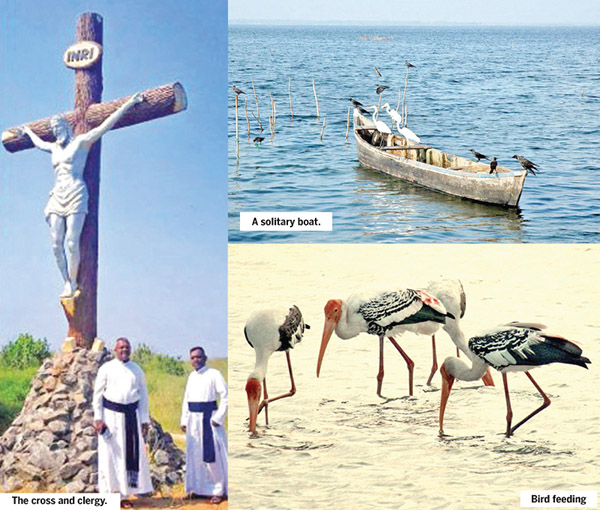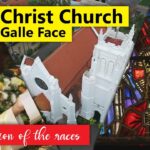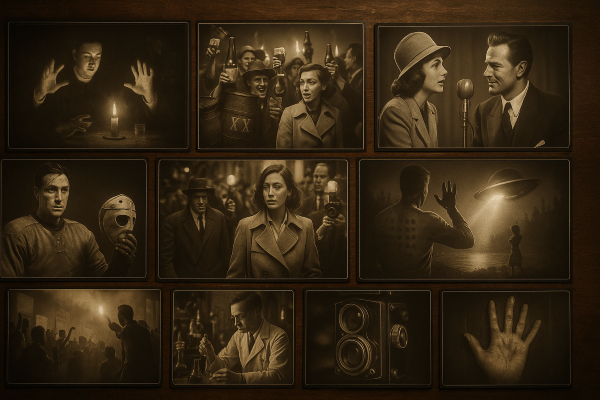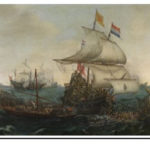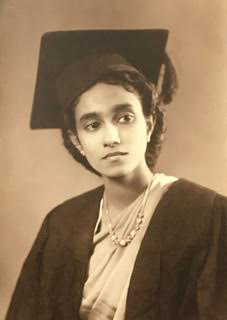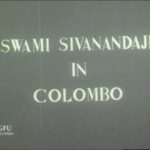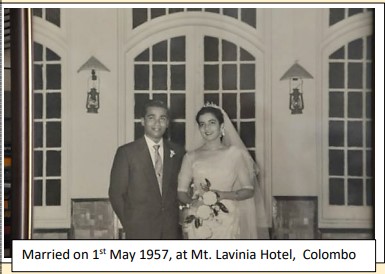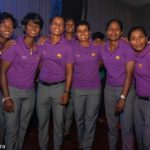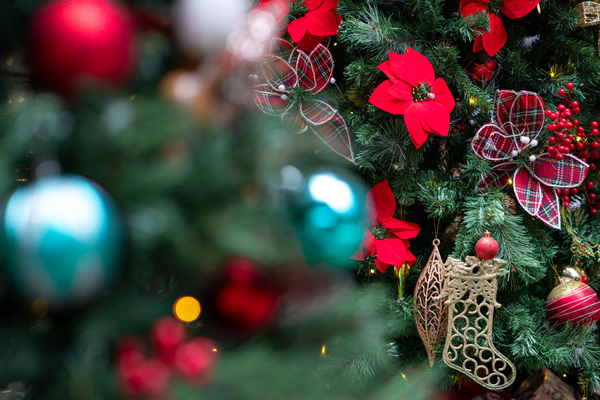Kurusaiaddithivu: Island of the Cross-by Dishan Joseph
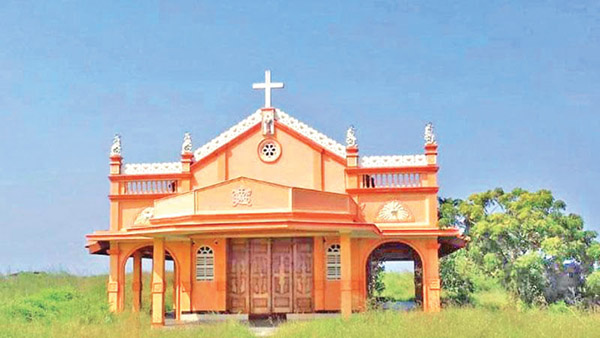
The chapel on the island.
Source:Dailynews
The coastal areas of Sri Lanka are embellished with churches and chapels. This is due to the arrival of the Portuguese to this island who subsequently built these places of worship. The gospel was preached with zeal by faithful Jesuit and Franciscan priests. The Northern Province has many Catholic and Anglican churches.
Perhaps the most famous of these due to its natural location is the shrine on the island of Katchatheevu, where thousands visit by boat during the annual feast. In this narrative, I wish to highlight a lesser-known chapel, which sits serenely on a small island. I first saw this island from the Mandaitivu causeway in 2018. But it was two years later that I finally managed to visit. The insignificant island is known to local fishermen as Kurusaiaddithivu- meaning Island of the Cross. The word ‘cross’ in Tamil is kurusai and ‘thivu’ denotes island.
The previous day I had visited the beautiful island of Kayts with Rev. Fr. Michael. The island of Kayts has a few old churches – the famous being St. Anthony’s Church which celebrated 200 years last year, and the other is St. Joseph’s Church. It was on the return journey that I asked Rev. Fr. Michael to kindly arrange a boat to Kurusaiaddithivu. This is not an easy request, but not because of the lack of boats. There are about two dozen boats anchored near the fishing jetty. The obstacle is the tide. If the tide is high, fishermen do not sail to this island. Fortunately, that Tuesday morning we received a phone call that a boat was ready.
We set off from Jaffna town driving to the quaint village of Navanthurai. This is a fishing village blessed with a few churches. The sight of fishing nets and marine birds accentuated the presence of fishermen. We paid a courtesy call on Rev. Fr. Arasaratnam, who is the vicar of St. Nicholas Church. He is the faithful custodian of the chapel on Kurusaiaddithivu. After a cup of tea and prayer, he kindly gave us the key to the solitary chapel. We walked towards the jetty and I was surprised to see two other clergymen attired in cassock already standing by the boat. One of them I had met earlier, Rev. Fr. Jebathasan from the Rosarian Monastery at Atchuvely. The other priest Rev. Fr. Eric was a first-time visitor to Jaffna from the Catholic Church in Anuradhapura. After being duly introduced to each other, we climbed and settled into the boat. A young man in his early twenties named Damien was in charge of the boat. A second boat with two other youth decided to join us on this sacred sea journey. The motor sputtered to life and off we went. The sea was calm and we passed other fishing boats. Crows and marine birds flew around us. On one side, we were able to see the causeway (bridge) that travels to Mandaitivu Island. After about 25 minutes of peaceful sailing, I spotted the island, partly covered by trees. As we got closer a massive cement statue of Saint Anthony was visible, the first sign of a shrine on this island.
The cement pedestal had the symbol of two fish etched showing the affiliation of the fishermen to this chapel. Part of the chapel’s roof was visible but the view was obscured by trees. Damien cautioned us to step out of the boat carefully as there were some jellyfish. The boat had disturbed the calm water. After securing both boats, we stepped onto the Island of the Cross. I noticed some tiny crabs running around on the shore.
The grass and reeds on this island grew to almost five feet. It gave us a sense of adventure as we followed Damien along a narrow sand path. We suddenly saw a large cross, of almost 15 feet rising majestically from a pedestal of rocks. Made with two solid logs, the cross displayed a statue of Christ. The three clergymen paused for a moment of silence. We walked through the reeds and I saw the chapel, like a radiant gem nestled amidst this unfamiliar island.
Many chapels are painted in blue and white, but this chapel was painted in a lighter shade of orange. A white cross was positioned at the top of the roof. The wooden doors remained shut. Rev. Fr. Michael took the key and carefully turned the handle. Just like I expected some pigeons flew out of the chapel. It is common for pigeons to roost inside the church roof. The altar had a statue of St. Anthony on one side and St. Sebastian on the other. A wooden crucifix dominated the middle with a painting of angels in the background. The shrine has no wooden pews but a few plastic chairs. Owing to the unpredictable tide mass is held once a month. However, during its annual feast, almost a thousand people congregate on Kurusaiaddithivu, bringing their rations and cooking lunch on the island. This is a vibrant day when the lone island resonates with life and zealous prayers. The young men stay on the island, sleeping under the light of the moon and leave the next morning.
After spending two hours on this quiet island, we returned to Navanthurai. The young folk walked with us until we boarded the van. Rev. Fr. Michael prayed and blessed them. The key was thankfully returned to the office at St. Nicholas Church. We purchased some fish which made a succulent dinner later that night in Jaffna town. The visit to Kurusaiaddithivu reminded me that God’s voice is heard in a whisper when we stop to listen. It also taught me that when we face the storms and trials of life, like this strong chapel surrounded by the sea, we must remain steadfast. After my return to Colombo, I was saddened to hear that Rev. Fr. Eric had passed away a few months later. He was a kind priest who appreciated the diversity of all communities. My visit to the Island of the Cross is a silent reminder that we who believe in Jesus must bear a silent but effective witness for him.
